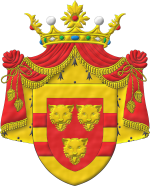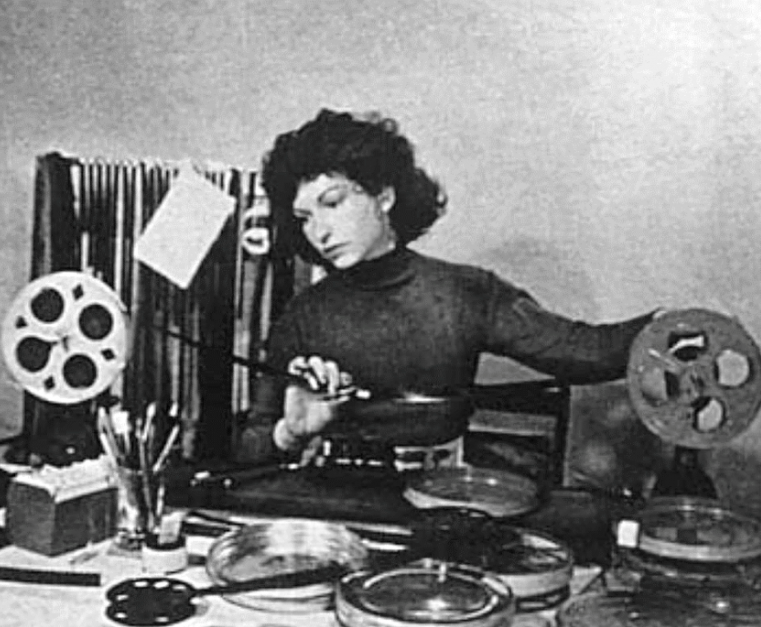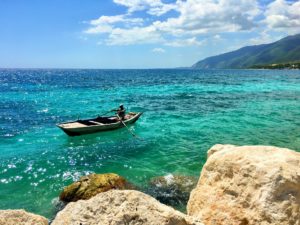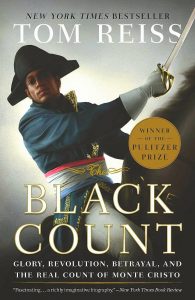Divine Horsemen: The Living Gods of Haiti is a black-and-white documentary film of approximately 52 minutes. It is about dance and possession in Haitian vodou that was shot by experimental filmmaker Maya Deren between 1947 and 1954. In 1981, twenty years after Deren’s death, the film was completed by Deren’s third husband Teiji Ito (1935-1982) and his wife Cherel Winett Ito (1947-1999). Most of the film consists of images of dancing and bodies in motion during rituals in Rada and Petro services. Deren had studied dance as well as photography and filmmaking. She originally went to Haiti, with the funding from a Guggenheim fellowship, and the stated intention of filming the dancing that forms a crucial part of the vodou ceremony. In 1953, Deren’s book Divine Horsemen: The Voodoo Gods of Haiti, on the subject of vodou, was published by Vanguard Press. The film that resulted, however, reflected Deren’s increasing personal engagement with vodou and its practitioners (Wilcken, 1986). While this ultimately resulted in Deren disregarding the guidelines of the fellowship, Deren was able to record scenes that probably would have been inaccessible to other filmmakers. Deren’s original notes, film footage, and wire recordings are in the Maya Deren Collection at Boston University’s Howard Gotlieb Archival Research Center and at Anthology Film Archives.
Masonic Symbolism in Haitian Vodou
The practices of African traditional religion manifested as a number of diverse spiritual cultures throughout the Caribbean. As Africans were taken as slaves from their homeland the indigenous healing and spiritual traditions of African religion stepped into the soil of the island of Hispaniola. The surviving spiritual practices of Africa could become seen in Haiti and the Dominican Republic in various forms. In Haiti the religion formed what we know as ‘Vodou’, a term from the Fon people of the region of Dahomey in West Africa that means ‘spirit’. The religion of Vodou focuses on interaction with spirits known as ‘Loa’ that rule over nature and humanity. Worship involves various magico-religious rituals, the creation of sacred shrines and interaction with spirits.
As one looks at the religion of Haitian based Vodou they may see some familiar Masonic aesthetics. The square and compass, the use of the letter ‘G’ and various Masonic tools can be spotted among a number of the rituals and shrines of Vodu. As we look deeper into the culture, we can also see a number of practices and symbols found in Freemasonry.




